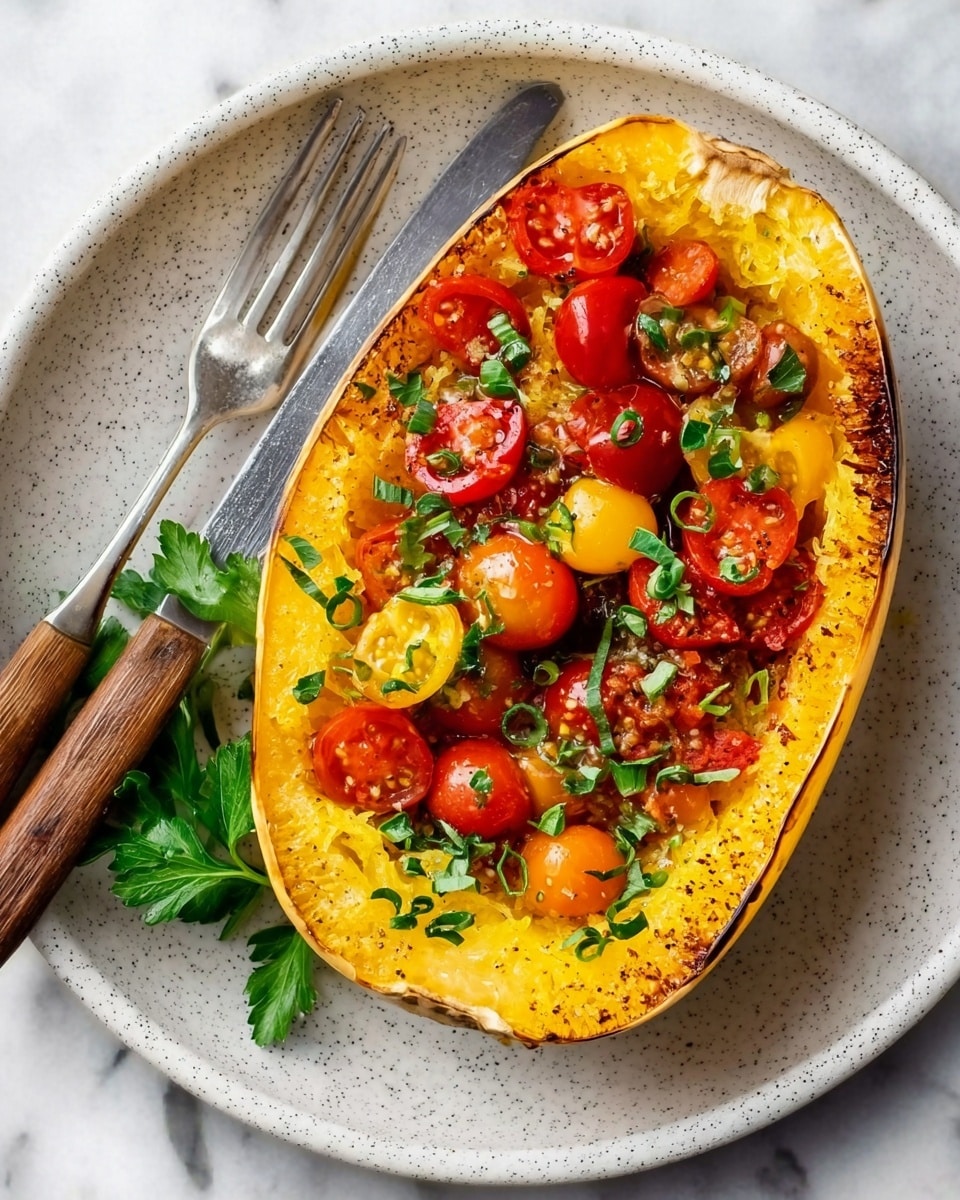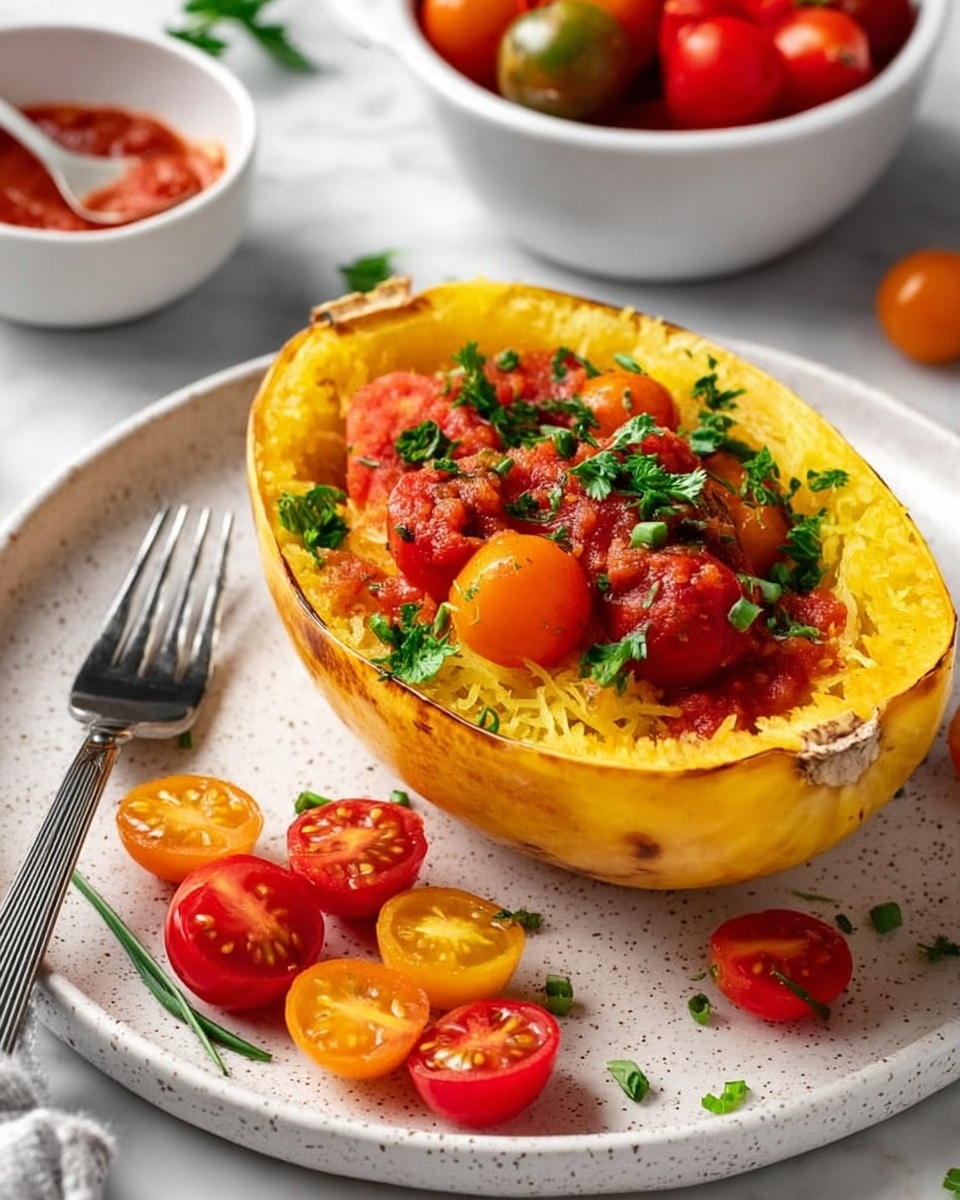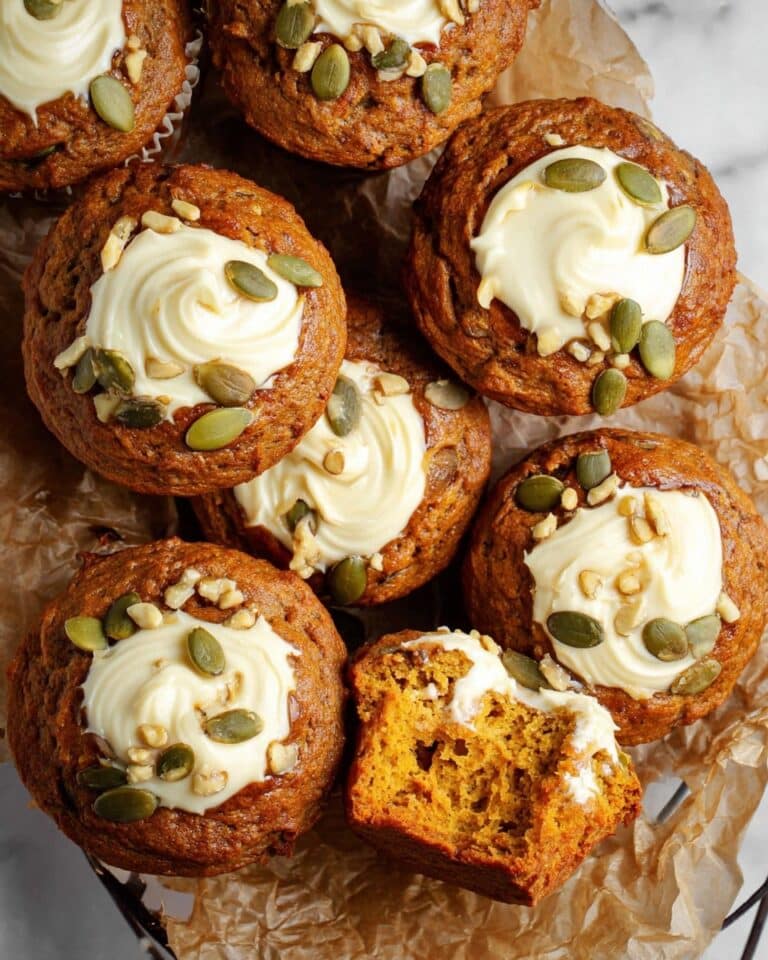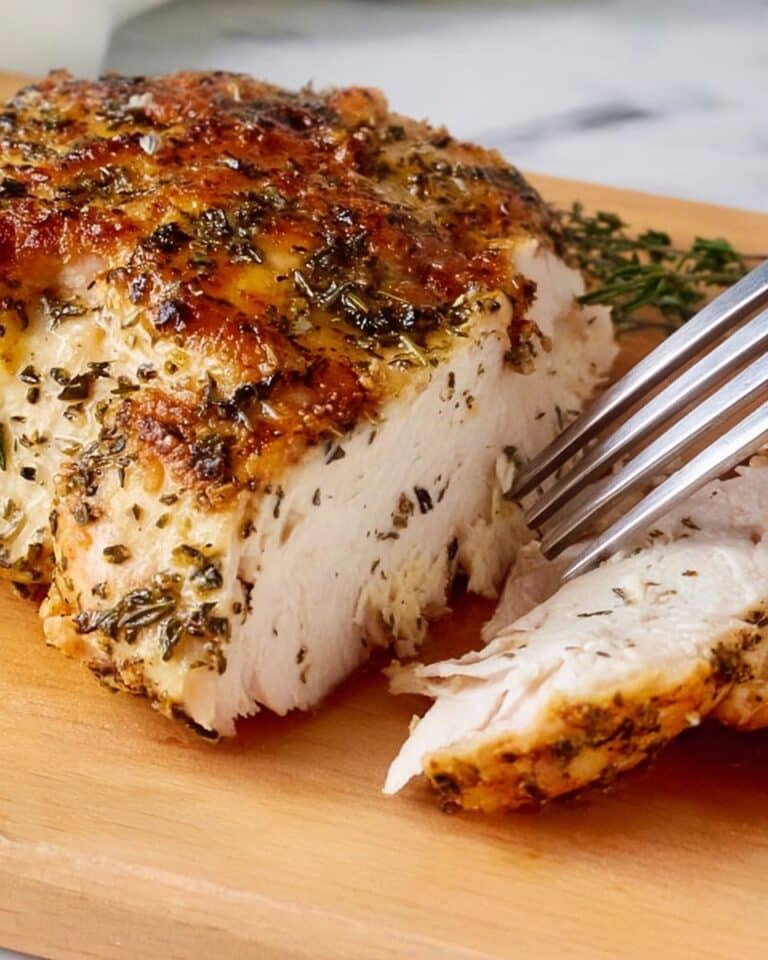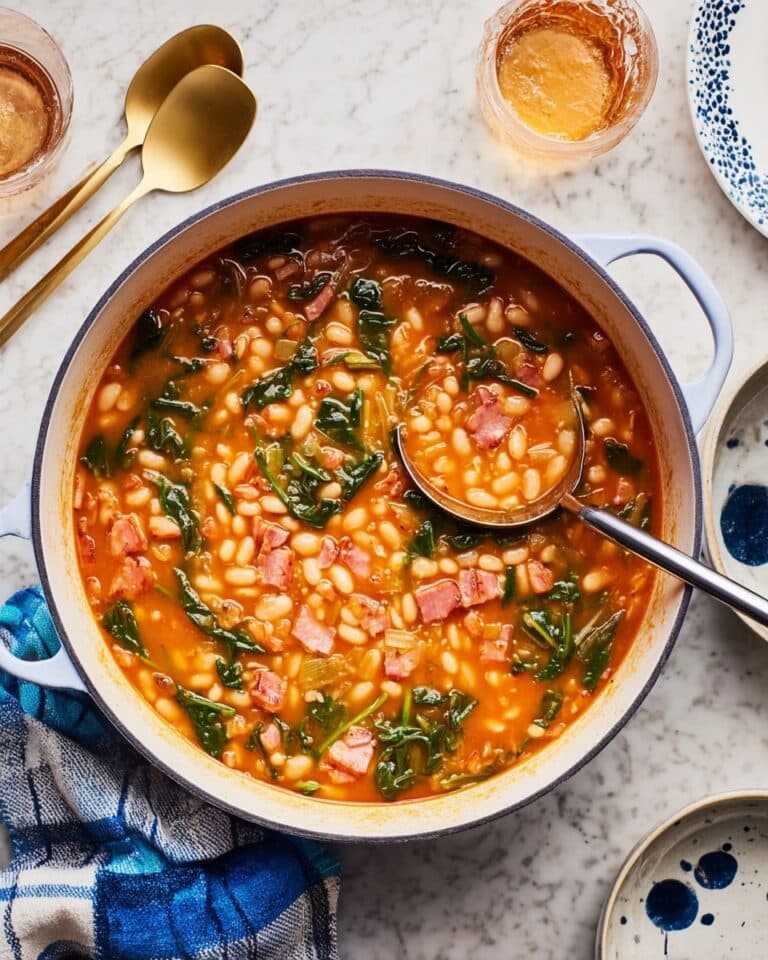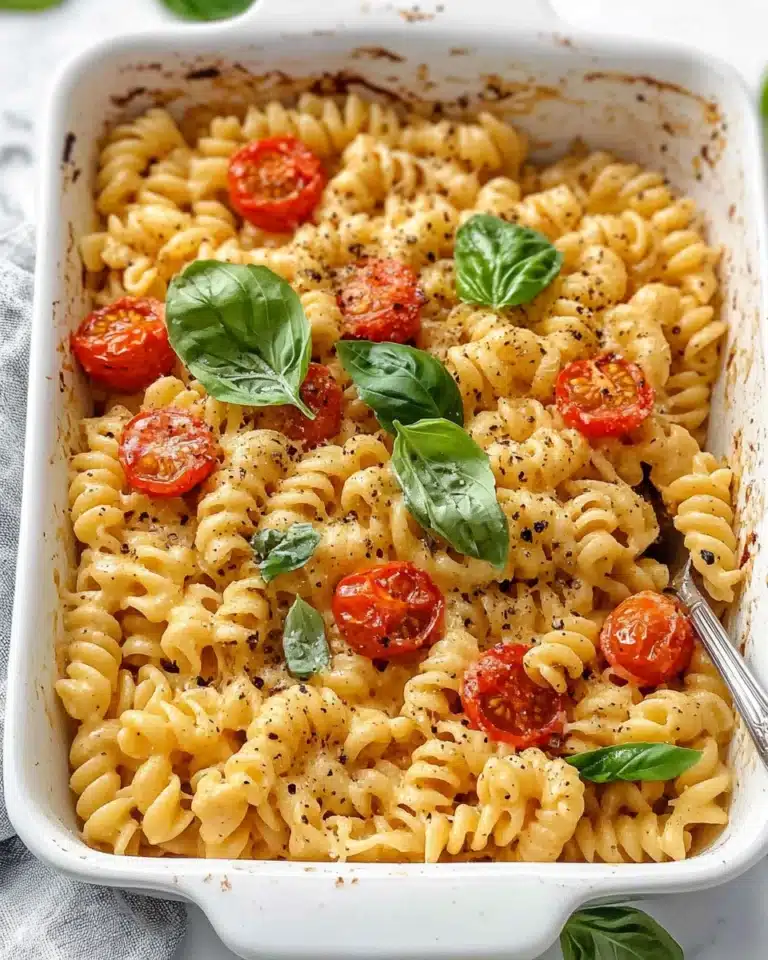If you’re craving a cozy, nutritious meal that feels like a little hug from the inside, you’ve got to try my **How to Bake Spaghetti Squash Recipe**. This simple baked spaghetti squash is not just a fantastic low-carb alternative to pasta, but it’s also incredibly easy to make and versatile. Trust me, once you see how beautifully this squash transforms in the oven, you’ll want to keep it in your meal rotation all fall and winter long.
Why You’ll Love This Recipe
- Simple and Hands-Off: Once you pop the squash in the oven, you’re free to relax or prep your sauce without constant babysitting.
- Healthy and Satisfying: It’s a low-carb, fiber-rich base that feels indulgent but won’t weigh you down.
- Versatile Flavors: You can dress it up any way you like — from a classic marinara to fresh herbs or just salt and pepper.
- Family Friendly: My family goes crazy for this—especially when I add juicy grape tomatoes and chives on top!
Ingredients You’ll Need
These ingredients are simple and fresh, coming together to highlight the natural sweetness of the squash. I always recommend picking a firm spaghetti squash with no soft spots for the best texture.
- Spaghetti Squash: Choose a medium-sized squash that feels heavy for its size — that means it’s juicy and fresh.
- Marinara Sauce: A scoop of your favorite sauce adds that comforting tomato flavor that pairs perfectly with the squash strands.
- Grape Tomatoes (optional): Halved, they add a burst of freshness and slight acidity; perfect if you want a little pop.
- Chives (optional): A sprinkle adds a gentle oniony brightness without overpowering the dish.
- Fresh Herbs (optional): Basil, parsley, or oregano give a lovely herbal note — I love fresh basil for that classic Italian vibe.
- Salt & Pepper: Basic but crucial — seasoning brings out every flavor in the squash and toppings.
Variations
I like to switch things up depending on the season or what’s in my fridge — that’s the beauty of this recipe! You’ll enjoy making it your own.
- Cheesy Twist: Sprinkle shredded parmesan or mozzarella on top right before serving for a melty upgrade. My kids adored this version when I first tried it.
- Spicy Kick: Add crushed red pepper flakes to your marinara or a dash of hot sauce for a warming bite.
- Protein Boost: Stir in cooked ground turkey or chickpeas to transform it into a full meal.
- Herb Swap: Experiment with cilantro or thyme depending on your mood or what matches your side dishes.
- Roasted Veggies: Toss in roasted mushrooms, bell peppers, or zucchini either during or after baking for more texture and flavor layers.
How to Make How to Bake Spaghetti Squash Recipe
Step 1: Prep and Slice Your Squash
Start by preheating your oven to 350°F (175°C). Then carefully wash your spaghetti squash and slice it in half vertically — I find this easier with a sharp chef’s knife and a stable cutting board. Scoop out the seeds with a spoon; you can even roast those separately if you want a crunchy snack later!
Step 2: Bake the Squash Until Tender
Place the two halves cut-side down on a baking sheet lined with foil for easy cleanup. Pop them in the oven for 50 to 55 minutes. You’ll know they’re ready when you can scrape the sides effortlessly with a fork, and the flesh feels tender but not mushy. This slow and steady bake pulls out the squash’s natural sweetness beautifully.
Step 3: Scrape and Serve
Once the squash is cool enough to handle, use a fork to shred the flesh into spaghetti-like strands right in the shell or on a plate. Top with a generous scoop of marinara, some halved grapes tomatoes, fresh chives, or herbs. Season it with salt and pepper to your taste, and you’re good to go!
Pro Tips for Making How to Bake Spaghetti Squash Recipe
- Use a Sharp Knife: It makes cutting the tough squash safer and easier — I ruined a knife or two before learning this!
- Foil Lining = Time Saver: Line your baking sheet with foil or parchment paper to avoid scrubbing off sticky build-up.
- Don’t Overbake: Keep an eye after 50 minutes to avoid mushy strands; you want tender but with some bite.
- Cool Slightly Before Scraping: This prevents burning your fingers and makes scraping out strands easier.
How to Serve How to Bake Spaghetti Squash Recipe
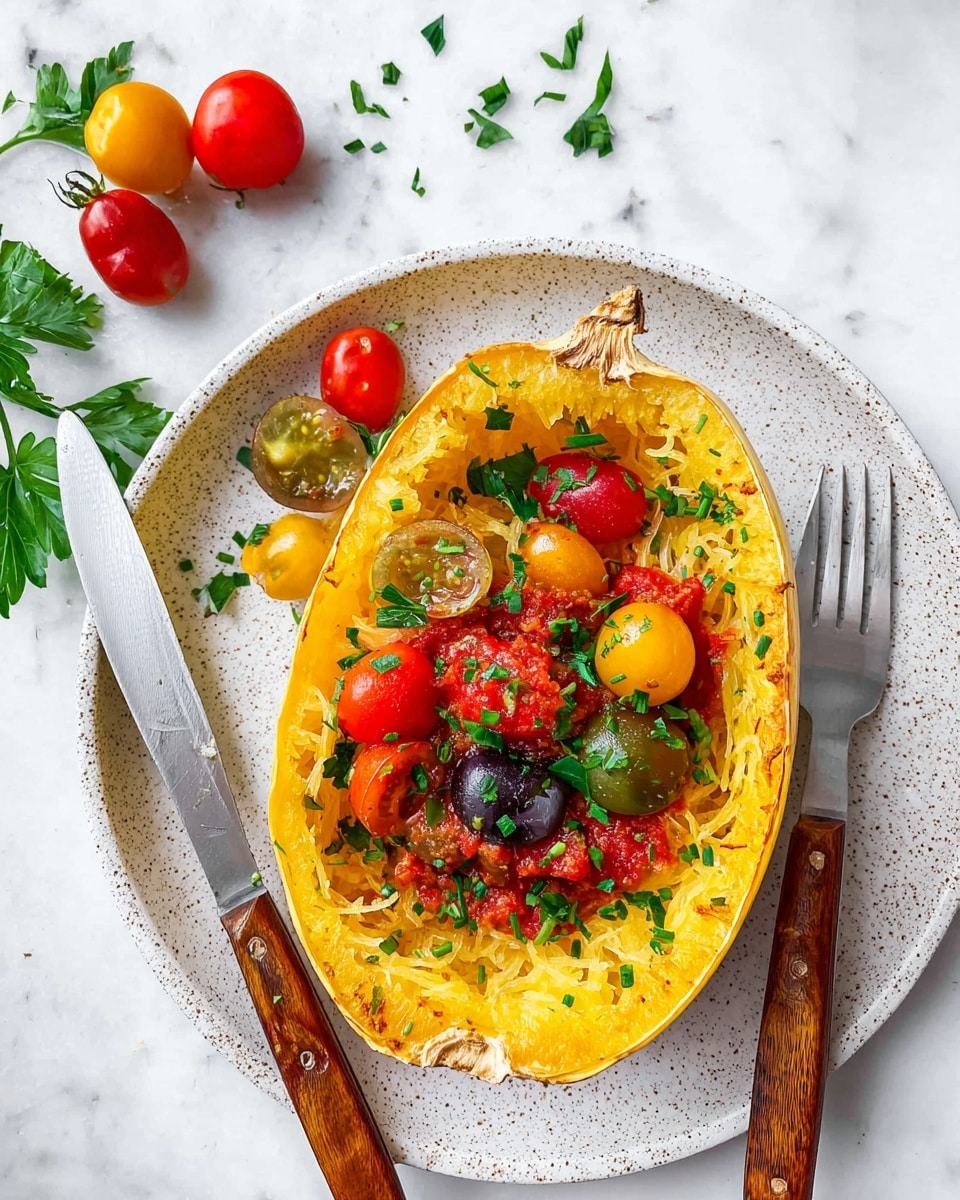
Garnishes
I love finishing the dish with fresh herbs like basil or parsley — it makes everything pop. Sometimes, I add a handful of halved grape tomatoes or a sprinkle of chives which add freshness and a subtle crunch that contrasts beautifully with the soft squash.
Side Dishes
For something quick and balanced, I often pair it with a crisp green salad or roasted vegetables. Garlic bread or a crusty baguette works wonders if you want a bit more indulgence alongside your spaghetti squash.
Creative Ways to Present
For special occasions, I love serving the baked halves as natural “bowls” filled with colorful toppings — it’s impressive and elevates the humble squash into a showstopper centerpiece.
Make Ahead and Storage
Storing Leftovers
I store any leftover spaghetti squash in airtight containers in the fridge. It stays bright and tasty for 3 to 4 days — perfect for quick lunches or dinner sides on busy nights.
Freezing
I’ve frozen baked spaghetti squash once or twice, but I find the texture softens quite a bit. If you freeze, scoop the strands into freezer bags and use within a month for best results. Thaw overnight in the fridge before reheating.
Reheating
Reheat leftovers in a skillet over medium heat or in the microwave – just add a splash of water to keep it from drying out. It warms up nicely without losing the strands’ tender bite.
FAQs
-
Can I bake spaghetti squash at a higher temperature to speed up cooking?
You can bake at 400°F for about 40 minutes, but watch carefully to avoid drying it out or burning the edges. Baking at 350°F, as I recommend, gives a tender, sweeter result with less risk.
-
How do I know when the spaghetti squash is fully cooked?
The best way is to pierce it with a fork — the strands should pull away easily and feel tender but not mushy. If it resists or feels firm, give it a little more time.
-
Can I use microwave to cook spaghetti squash?
Yes, the microwave is a quick option! Pierce the squash several times, microwave on high for about 10 minutes, turning halfway through. The taste is good, but baking in the oven brings out more natural sweetness and texture.
-
What can I use spaghetti squash for besides this recipe?
Spaghetti squash is a versatile veggie base for stir-fries, casseroles, or even baked “pasta” dishes. It’s fantastic tossed with pesto or as a side for a protein-packed meal.
Final Thoughts
Honestly, I absolutely love how this How to Bake Spaghetti Squash Recipe turns out every single time — it’s comforting, easy, and feels like a delicious treat without the guilt. You’ll find that with a few simple ingredients and a bit of patience, you’ve got a nutritious dish that everyone can enjoy. Give it a try, make it yours, and I promise it’ll become one of those recipes you can’t wait to share with friends and family over dinner.
Print
How to Bake Spaghetti Squash Recipe
- Prep Time: 5 minutes
- Cook Time: 50 minutes
- Total Time: 55 minutes
- Yield: 2 servings
- Category: Side Dish
- Method: Baking
- Cuisine: American
- Diet: Gluten Free
Description
Learn how to bake spaghetti squash perfectly in the oven for a healthy, low-carb alternative to pasta. This simple recipe yields tender, fork-scrapeable spaghetti squash strands topped with marinara sauce and fresh garnishes, ideal for a comforting fall or winter meal.
Ingredients
Main Ingredients
- 1 spaghetti squash
- A scoop of marinara sauce
- Grape tomatoes, halved (optional)
- Chives (optional)
- Fresh herbs (optional)
- Salt & pepper to taste
Instructions
- Preheat Oven: Preheat your oven to 350 degrees Fahrenheit to prepare for baking the spaghetti squash.
- Prepare Squash: Wash the spaghetti squash thoroughly. Use a sharp knife to cut it in half vertically, then carefully scoop out and discard the seeds from each half.
- Bake Squash: Place the squash halves cut side down on a baking sheet lined with aluminum foil for easy cleanup. Bake in the preheated oven for 50 to 55 minutes, or until the flesh is tender enough that you can easily scrape it into strands with a fork.
- Serve: Remove the squash from the oven and let it cool slightly. Serve hot with a scoop of marinara sauce on top, adding grape tomato halves, fresh herbs, or a sprinkle of salt and pepper according to your preference.
Notes
- Use spaghetti squash as a healthy, gluten-free, and low-carb alternative to pasta.
- Cutting the squash carefully ensures even cooking and safety.
- Baking at 350°F allows gentle cooking to preserve the squash’s texture and flavor.
- Customize toppings with your favorite marinara sauce and fresh herbs for added flavor.
- Store any leftovers refrigerated and consume within 3-4 days.
Nutrition
- Serving Size: 1 serving
- Calories: 185 kcal
- Sugar: 19 g
- Sodium: 378 mg
- Fat: 3 g
- Saturated Fat: 1 g
- Unsaturated Fat: 1.3 g
- Trans Fat: 0 g
- Carbohydrates: 41 g
- Fiber: 10 g
- Protein: 5 g
- Cholesterol: 0 mg

